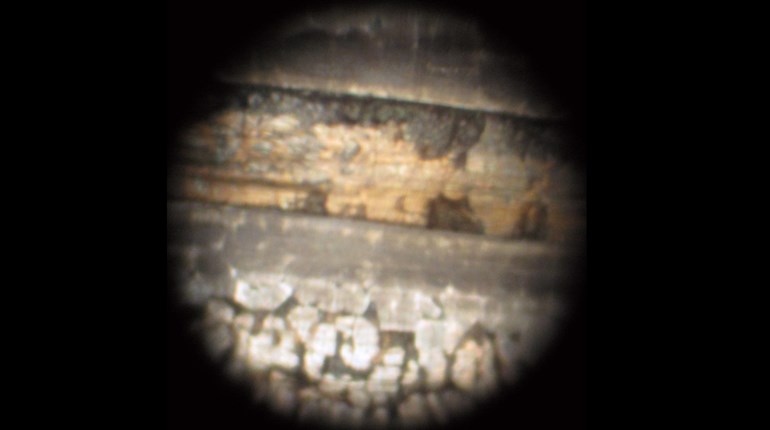
I am a big fan of snub-nose revolvers chambered in .38 Spl. for concealed carry and personal protection. They are simple, easy to carry, require little maintenance and you can find ammunition for them everywhere. For durability, I prefer fixed sights on my revolvers. As I practice with my revolvers, my marksmanship gets better and better. I am starting to find the 158-grain ammunition I am using doesn’t hit where I am aiming. Windage is acceptable for now, but the groups are higher than I would like them to be. What can I do to get the groups a little closer to where I am aiming without a lot of trouble?
Bert Hart, Charleston, WV
I, too, am a fan of snub-nose revolvers and often can be found with one on me when out working on our property. One of my favorite loads for the .38 Spl. is the old +P, 158-grain, semi-wadcutter lead hollowpoint made popular back in the 1980s by the FBI (in addition to other federal agencies).
Unfortunately, most revolver manufacturers zero their handguns to correspond to a 6-o’clock hold on a bullseye target, which causes the strike of the round to hit higher than where the gun is actually aimed. There have been attempts to persuade manufacturers of handguns for personal defense to build them to shoot point-of-aim/point-of-impact, but those attempts have largely fallen on deaf ears.
My first recommendation is to change ammunition before you resort to more-drastic measures. (In my experience with short-barreled revolvers, heavier bullets, counterintuitively, often impact higher on a target than lighter bullets loaded to the same pressure level.) Try some lighter bullets in the 125- to 135-grain range and I expect to see impacts hit lower than what you presently experienced. If they don’t provide enough vertical movement, you could always go even lighter to 110-grain bullets. Should you need even more vertical movement than the 110-grain variants provide, the next options are composite or frangible projectiles. Most of the frangible options are in the 90- to 100-grain range and are more considered practice ammunition rather than self-defense.
A notable departure in the area of composite bullets for the snub-nose .38 Spl. revolver is the 77-grain ARX, self-defense ammunition by Inceptor Ammunition. I cannot comment on how it works on living tissue, but I can say it is suitably accurate for defensive purposes and impacts lower at distances from 3 to 25 yards than other defensive-style loads that I have shot in my .38 Spl. snubbies.
If you don’t want to change ammunition, the next option to lower your hits would be to raise the front sight, which would lower the muzzle’s position on the target using the sight picture you are now using. If your front sight is pinned, screwed, dovetailed or otherwise removable, it’s a matter of replacing the existing sight with a higher sight that usually has to come from an aftermarket supplier. These sights can be installed with some mechanical ability on the part of the installer and a minimum number of tools. It is better to go a little high with the replacement sight to allow fine tuning by lowering the sight with the judicious use of a fine-cut file.
Should your revolver have a front sight integral with the barrel, visit your local gunsmith. He or she should be able to add metal to the top of what is already there and leave it looking like it came from the factory that way. A word of caution in this case is to ask to see some of their previous work of that nature to avoid disappointment in the end.
An upside to trying different loads to find one or two that will impact to your liking is the extra practice and continued improvement you will get as a result.


































